Windows 10 used a bit of data across network computers since it used a peer-to-peer system, in order to deliver the updates in a much faster way. This means that a part of the bandwidth is consummated by the P2P update system. Therefore, in order to increase the Internet speed on Windows 10 and 11, users need to make some changes in the settings. The following methods will work on Windows 10 Home, Windows 10 Pro, and Windows 11.
How can I increase bandwidth on Windows 10 and 11?
1. Switch off Updates Delivery
Your laptop will use your bandwidth to deliver Windows 10 as well as Windows 11 updates to other users on the network. The updates delivery option is switched on by default in all versions of Windows 10 and 11 and by pausing them, you will save some bandwidth.
2. Edit the setting called Limit reservable bandwidth settings
Windows reserve a certain amount of bandwidth for its Quality of Service which includes Windows update and other programs that constantly send feedback. However, be forewarned that allocating zero bandwidth to the QoS is expected to interfere with the update process and eventually compromise on the safety front.
3. Flush DNS and clear temporary files
Nowadays, the internet comes with a bandwidth cap that limits how much bandwidth you may use in a month. It’s unavoidable, and if you go over the limit, your internet provider may charge you a fee or reduce your speeds to dial-up levels. If you do not want this to happen to you, you should keep track of your internet usage on your Windows 10 and Windows 11 computers. A bandwidth monitor is a tool that measures the amount of available bandwidth on a local system. You can use bandwidth monitors to receive a true view of what bandwidth is available due to the different aspects involved in providing high-speed Internet. For any more questions or suggestions, don’t hesitate to reach out in the comments section below.
Name *
Email *
Commenting as . Not you?
Save information for future comments
Comment
Δ



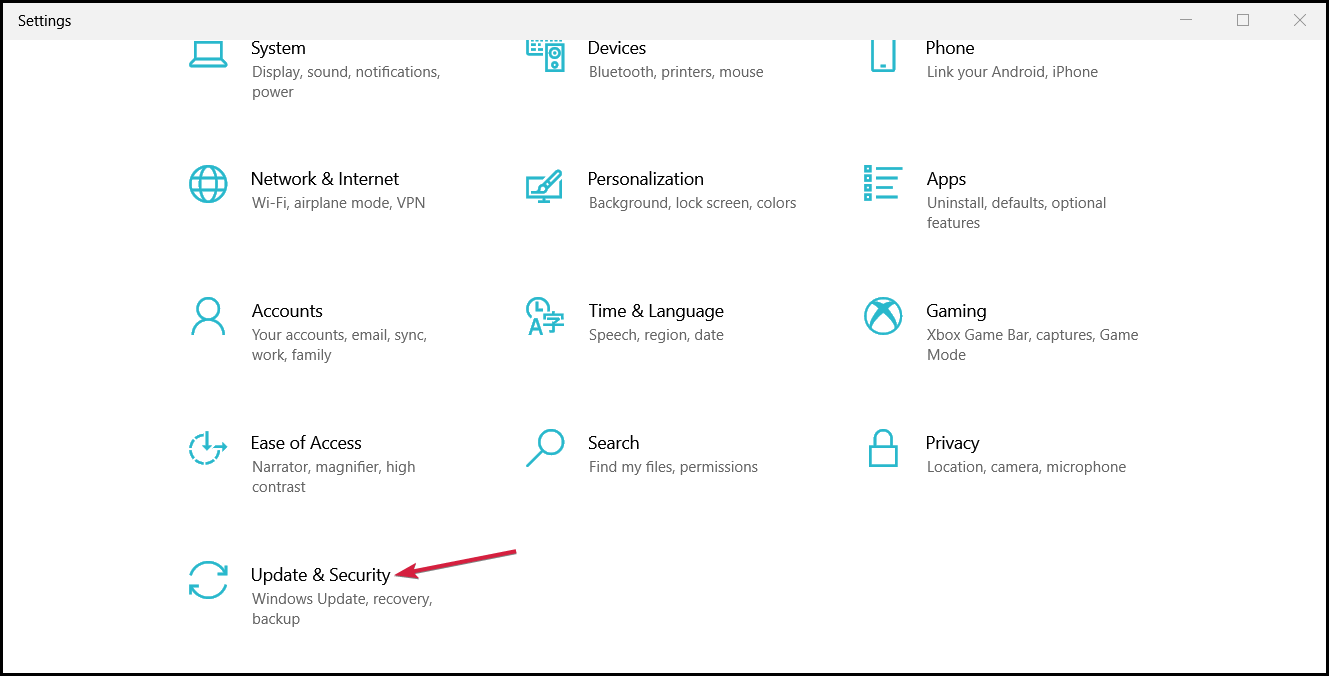
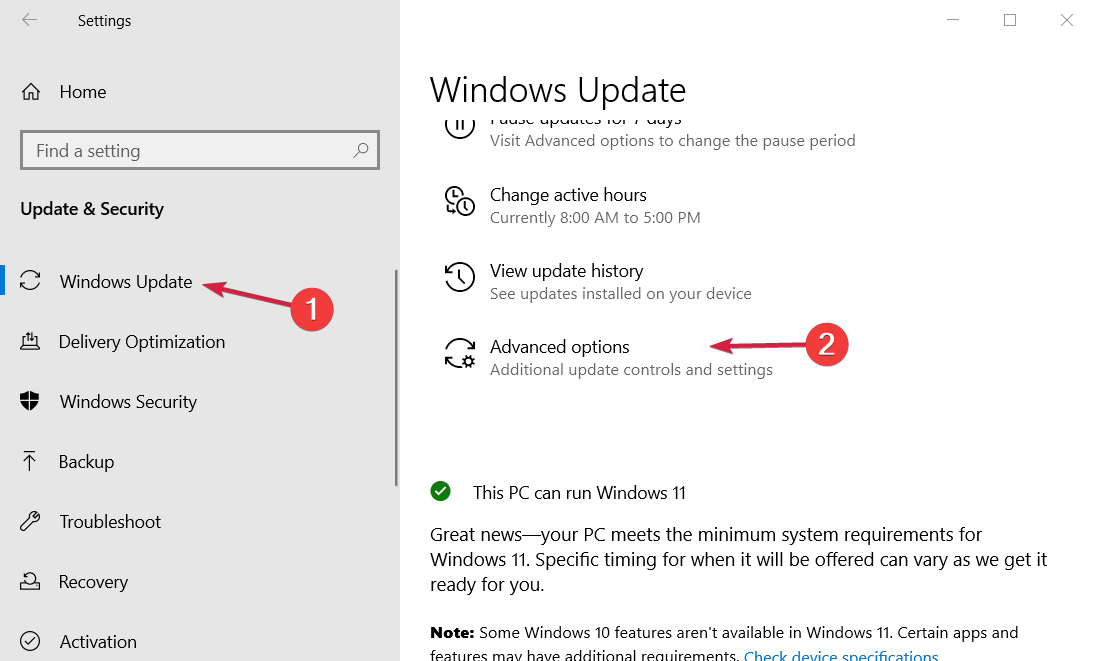
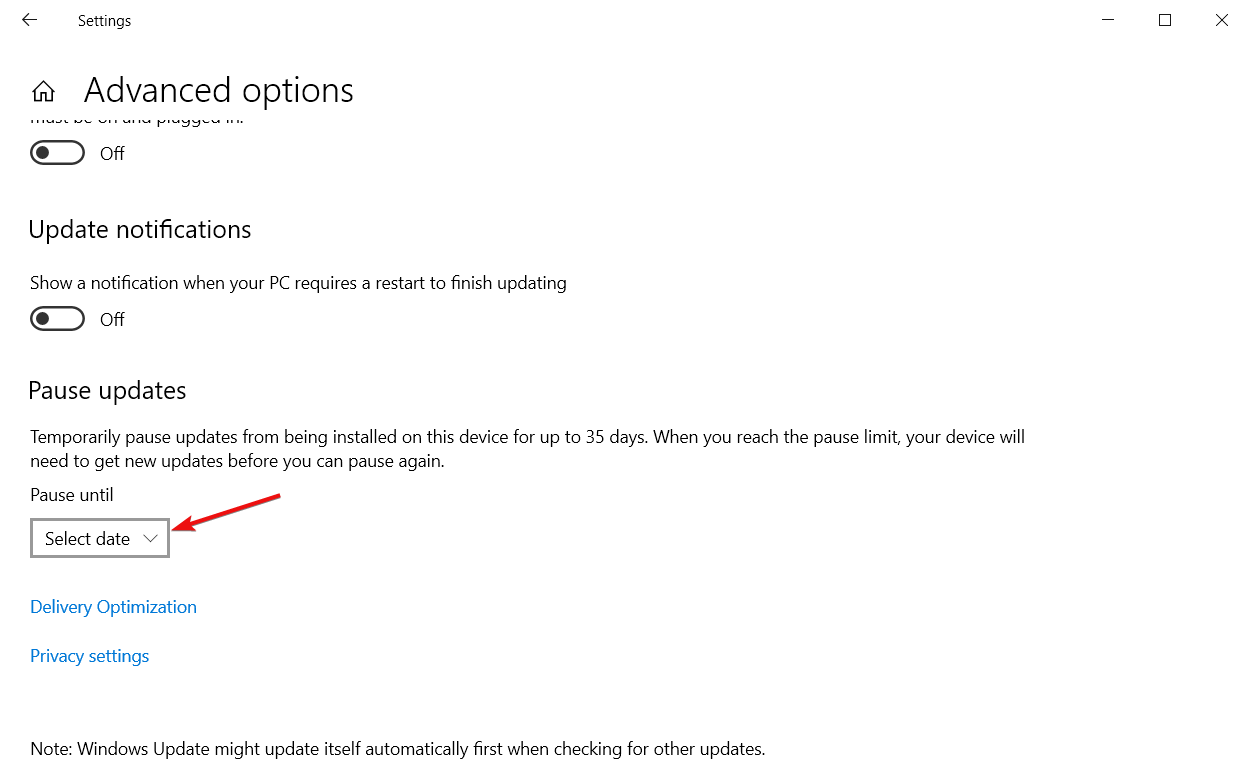

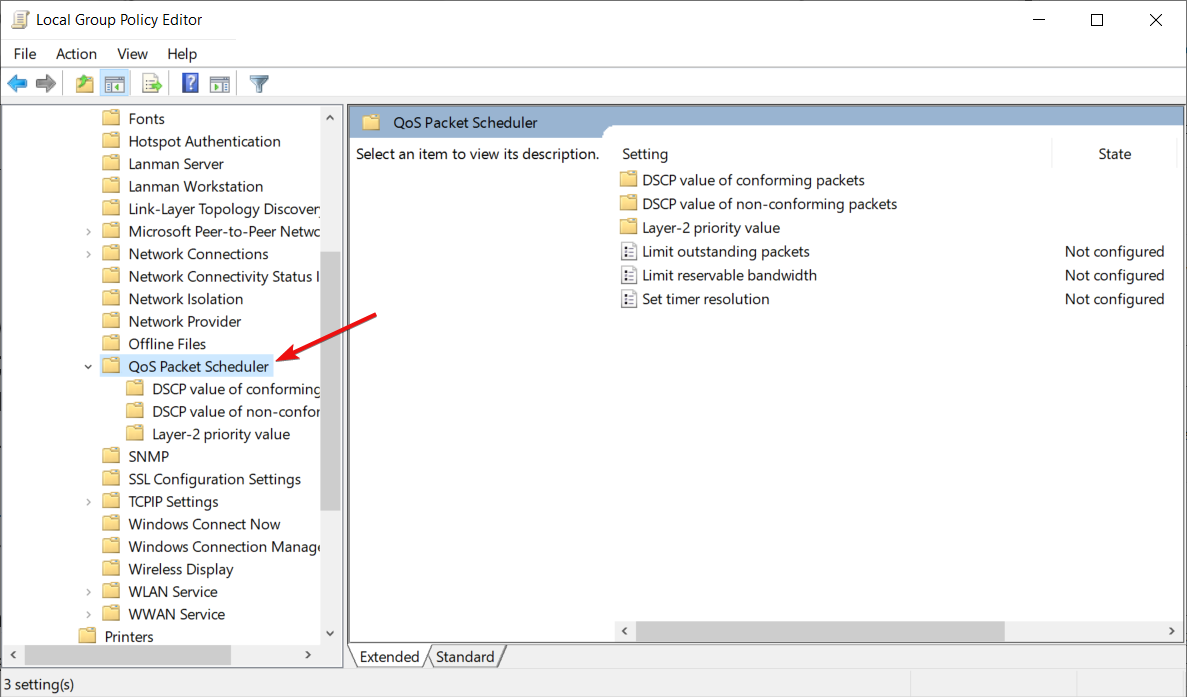
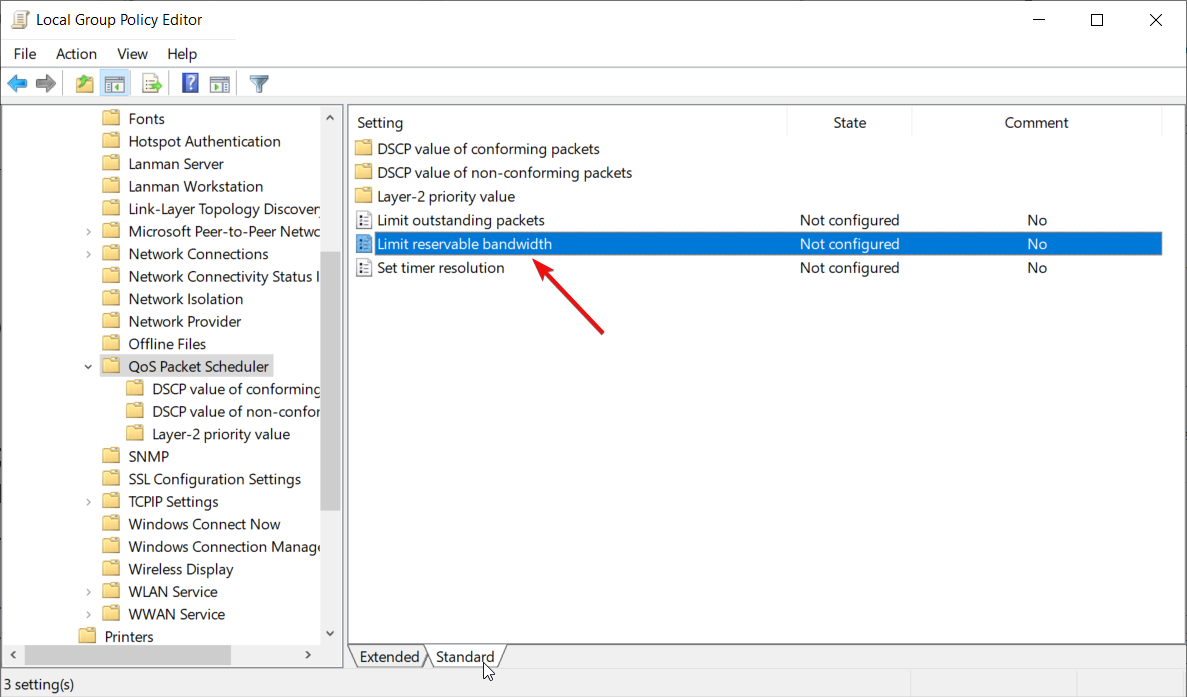
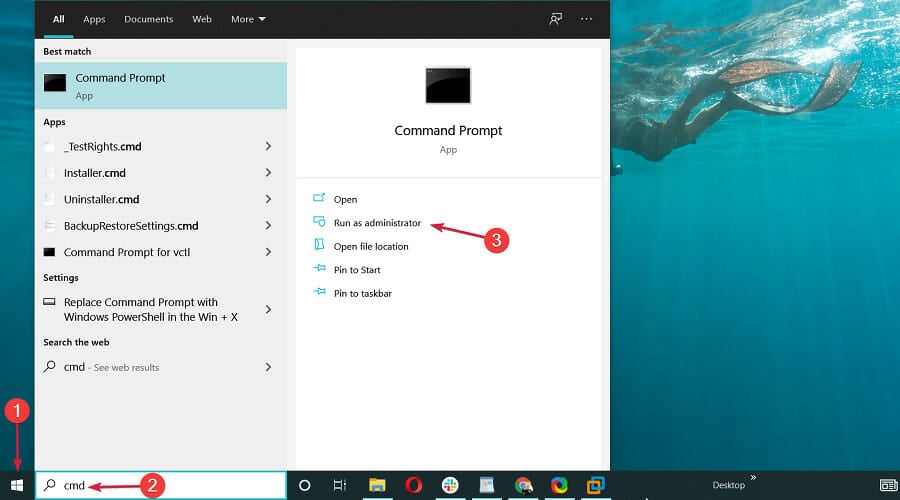
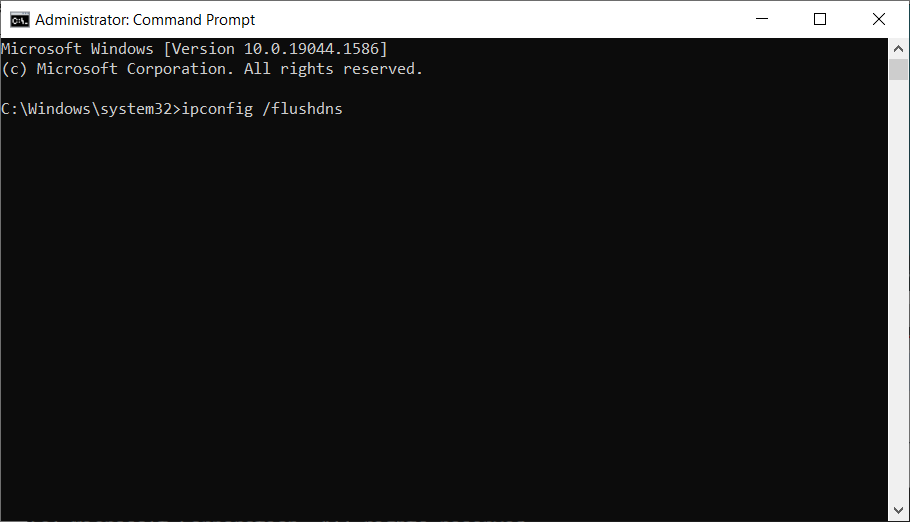
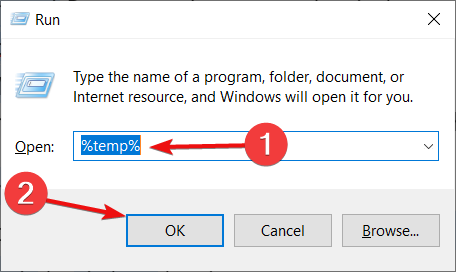
![]()